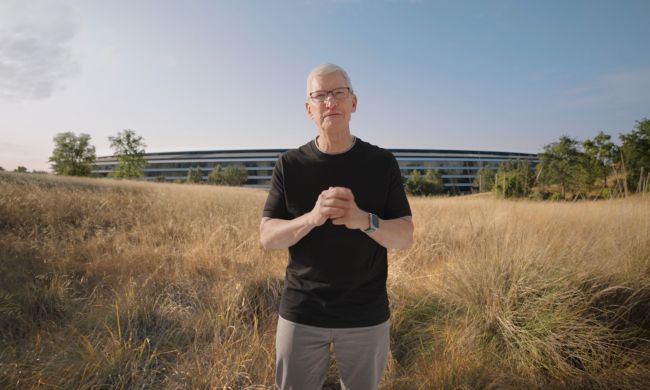
The discrepancy in revenue is mostly due to the ban of the Google Play store in China, while Apple’s App Store is permitted in that country. India, Indonesia, and Brazil are also hotspots for Android usage; regions that tend to place low on the app revenue charts.

For iOS, the regions with the most downloads tend to generate the most revenue, but that is not the case for Google Play. Brazil, India, Russia, and Mexico are all in the top five for downloads, yet none appear in the top five for revenue. Instead, smaller, more developed regions like Taiwan, Japan, and South Korea account for most of Google Play’s revenue.
Only the United States can be found on all four charts for iOS and Google Play. The United Kingdom is the only country to be in the top five for iOS total downloads and revenue, yet not appear on either of the top five for Google Play, showing a big disparity between iPhone and Android owners in the country.
It ain’t all bad for Android, though, as establishing the platform in countries like India could be a major boon in a few years. India is already the third-largest region for app downloads on Google Play, with only 15 percent mobile penetration in the country.
The Google Play store may be unbanned in China soon, according to reports. Having the Google Play store in the country would raise revenue and potentially remove a lot of malware from Chinese Android devices.
Revenue in regions like North America and Europe tends to be higher on iOS, which may be why we still see developers choose iOS over Android. That said, Microsoft and Facebook have started prioritizing Android as the dominant mobile platform, due to the larger user base.


